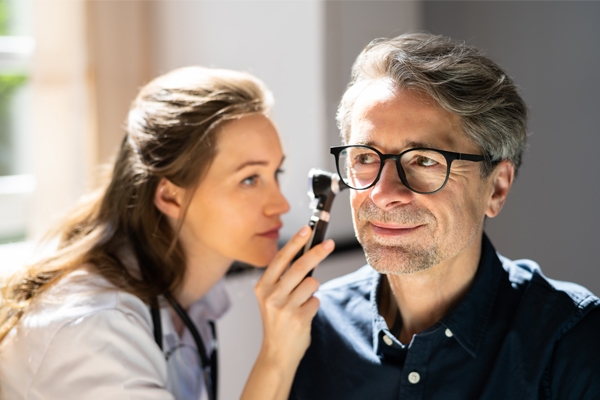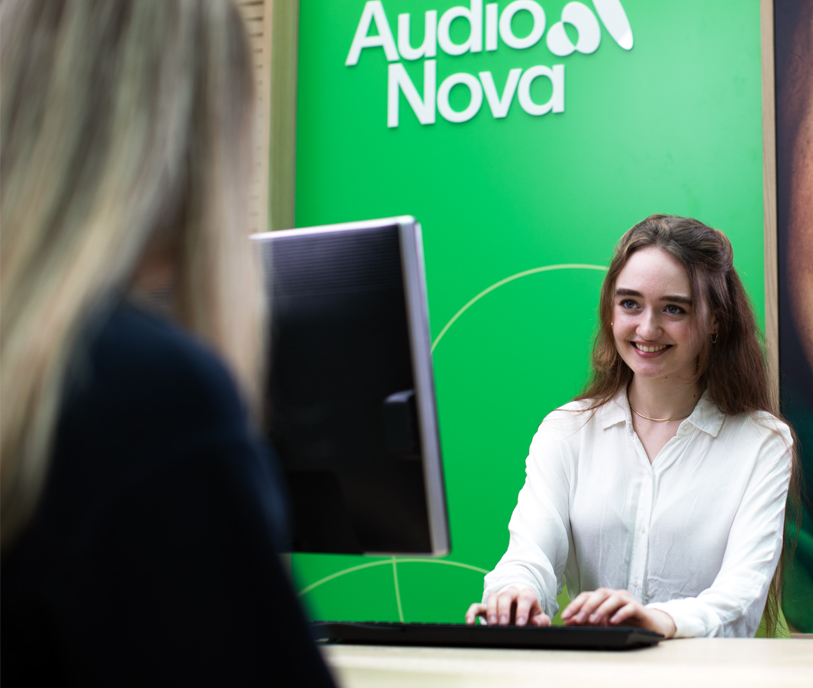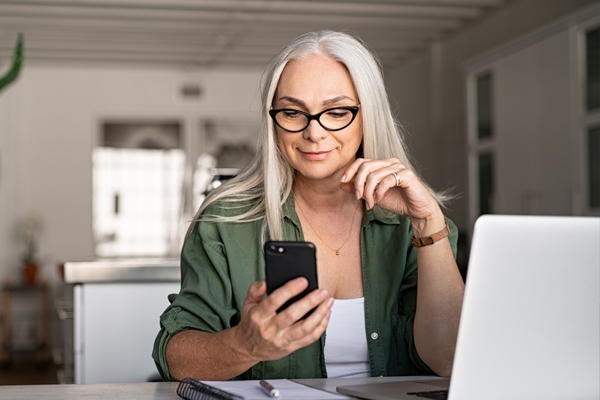Enhancing Connectivity With a Bluetooth Hearing Aid
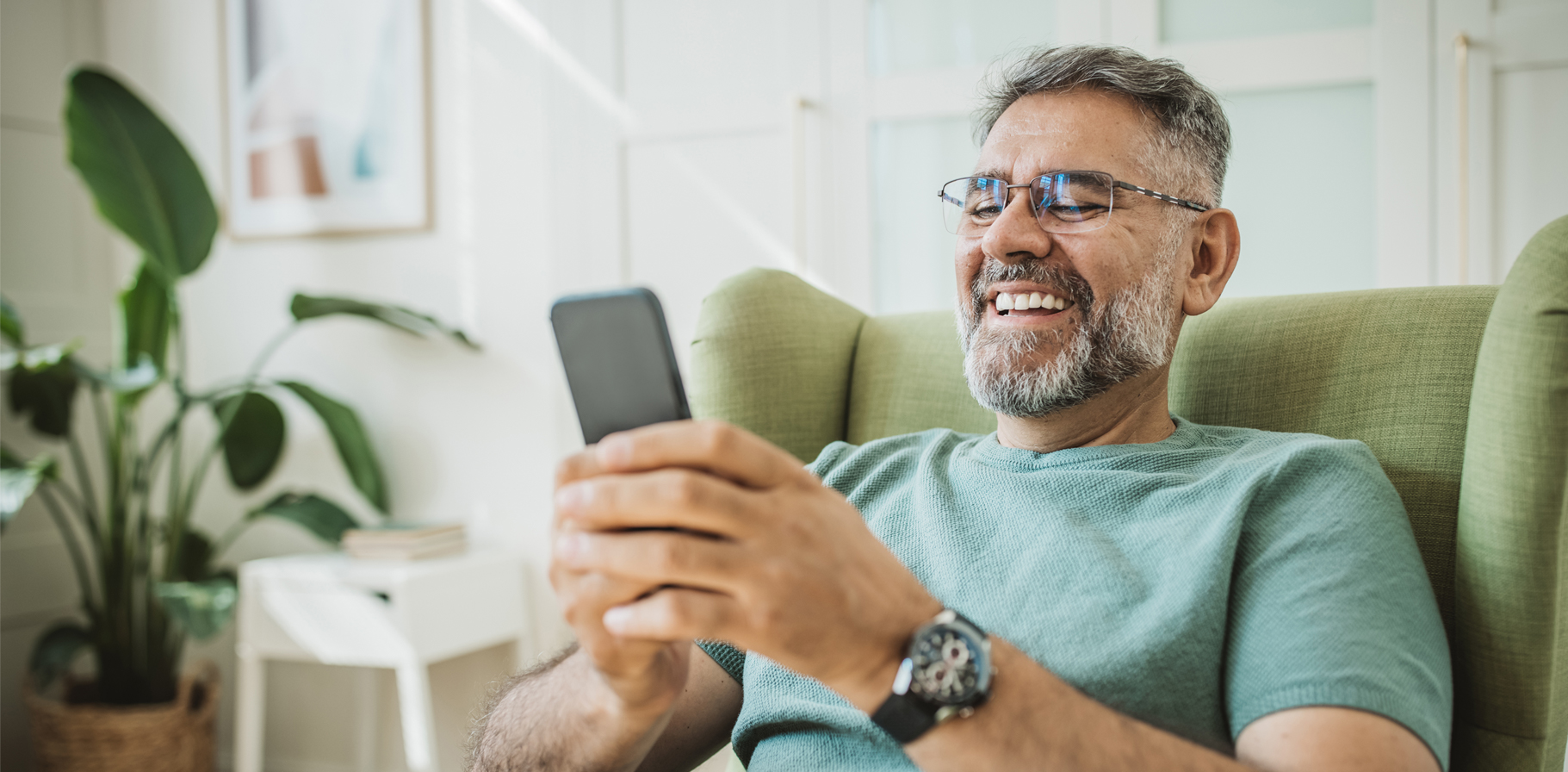
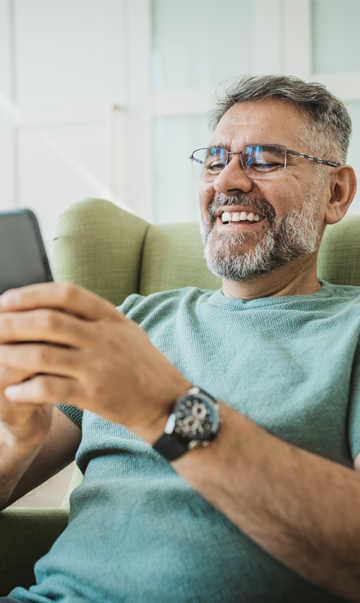
Enhancing Connectivity With a Bluetooth Hearing Aid
5 min
Published September 18, 2024
Enhancing Connectivity With Bluetooth Hearing Aid Technology
In today’s fast-paced, technology-driven world, staying connected is more important than ever. Bluetooth connectivity in hearing aids has revolutionized how users experience sound, offering a seamless bridge between your hearing aids and various digital devices. As game-changing as this technology is, the great news is that connecting your device and operating the apps compatible with your smartphone is very intuitive and easy to navigate, ensuring anyone can take advantage of the enhanced features of their hearing aids.
Seamless Connectivity with Your Digital World
Bluetooth technology comes built-in with different types of hearing aids, such as the AudioNova T, Phonak Bolero Marvel, and AudioNova DX, which allow for direct streaming from smartphones and other Bluetooth-enabled devices. This means you can enjoy phone calls, music, and audio from videos directly through your hearing aids. You won't have to turn TV or music volumes up to uncomfortable levels for other viewers and listeners or struggle to hear through tiny speakers on smartphones. Your hearing aids become your personal, high-quality audio device.
Connecting Your Hearing Aids to Your Smartphone
Bluetooth hearing aids are designed to work seamlessly with various smartphone operating systems, including iOS and Android, as well as other devices. This broad compatibility ensures you can connect to a wide range of products, making your hearing aids versatile and adaptable to your digital lifestyle. Here’s a simple step-by-step guide to get you started. It should be noted that different models and manufacturing years of iOS and Android phones might differ slightly, but these general steps apply to most phones:
Before pairing your device, note the name of your hearing aids. You'll need this information to activate pairing.
For iOS Devices:
Turn On Bluetooth - Go to Settings -> Bluetooth and toggle the switch to enable Bluetooth.
Pair Your Hearing Aids - While in the Bluetooth menu, you'll see a list of available devices. Choose the name that matches your hearing aids.
Connecting Through an App - Alternatively, you can download and open the hearing aid app recommended by your audiologist or the device manufacturer. Follow the on-screen instructions to pair your hearing aids.
For Android Devices:
Turn On Bluetooth - Go to Settings -> Connections -> Bluetooth and toggle the switch to turn it on.
Pair Your Hearing Aids - In the Bluetooth menu, view the list of available devices and choose the one that matches the name of your hearing aids.
Pair Your Hearing Aids - You can also connect through an app. Download and open the hearing aid app recommended by your ear doctor or the manufacturer. Follow the instructions to connect your hearing aids.
Enhanced Listening Experience
With Bluetooth hearing aids, controlling your listening experience is easier than ever. You can adjust settings and volume directly from your smartphone without having to remove your hearing aids or manage small controls to make adjustments. This feature is particularly empowering for users with dexterity issues, ensuring you can tailor your hearing experience to your needs easily and precisely.
Connecting to Other Devices
Connecting to a smartphone is pretty straightforward. Pairing hearing aids to other Bluetooth-enabled devices may require some extra steps or equipment. You can learn more about what requirements your devices have during your hearing aid consultation, but some examples include:
Streaming From Smart TVs - This usually requires extra equipment. Some hearing aid brands, such as Oticon, sell a transmitter designed to pair with their hearing aids. If your device manufacturer doesn't offer a similar product, there are numerous third-party options online, and your audiologist or hearing care provider can help you with recommendations.
Bluetooth Microphones - Another unique product available is a Bluetooth-enabled wireless microphone. These can be worn or carried by someone you're interacting with to deliver clearer sounds, especially in extremely loud environments.
Battery Life and Power Management
One note about Bluetooth is that it consumes more battery life than when you're using your hearing aids without it, and the included technology will mean a higher hearing aid cost. The latest version, Bluetooth 5.0, includes a better connectivity range and is more energy-efficient than previous versions. However, you should still be mindful of the extra power needed to run Bluetooth. You can manage power consumption by turning off Bluetooth when you're not using it to stream audio or take phone calls. One of the major benefits of modern devices is that they no longer require replacement of disposable batteries. Instead, they come with rechargeable batteries and a charging cord or case. This makes recharging your hearing aids much easier than opening the devices and replacing batteries.
Enjoy the Benefits of Enhanced Bluetooth Features
Our hearing center ensures everyone understands how to use the Bluetooth connectivity included with their hearing aids to get the most out of the numerous benefits that enhance the overall hearing experience. From seamless connectivity and improved clarity to advanced features and easy device management, Bluetooth technology empowers you to take control of your hearing health in a sophisticated yet straightforward manner. If you ever have questions about operating or navigating your devices' features, a hearing aid specialist at AudioNova is always available to assist you, ensuring we stand by our commitment to providing the best experience.

